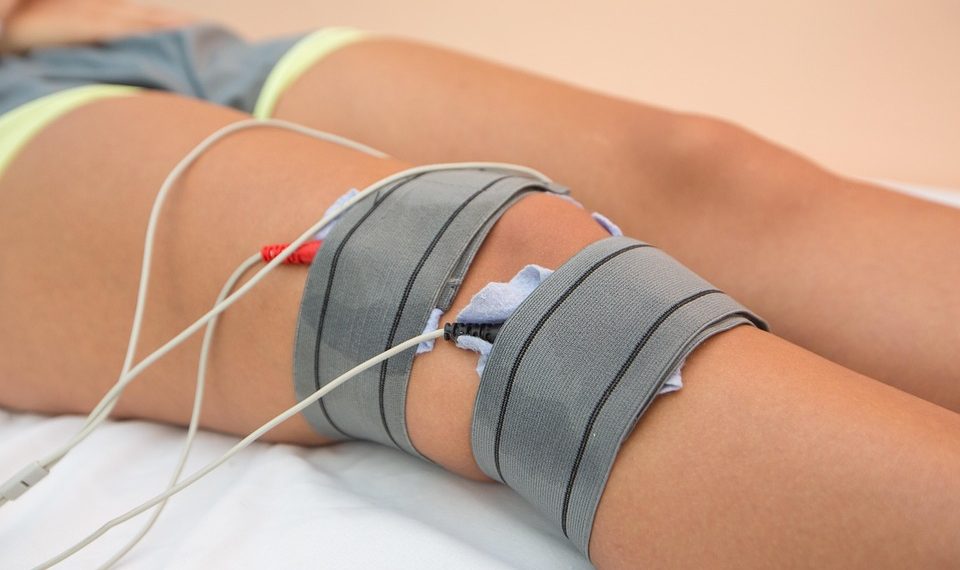Ever had one of those days where your muscles feel like they’ve been through a meat grinder? I know I have. After a grueling workout or a long hike, the soreness can be a real downer. What if I told you that a little heat could be your muscle recovery superhero? Yep, heat therapy can work wonders on sore muscles, and it’s not just an old wives’ tale. Let’s dive into five simple techniques you can use to harness the power of heat for muscle recovery.
Contents
Why Heat Therapy?
Before we get into techniques, let’s talk about why heat therapy is effective. When you apply heat to your muscles, it increases blood flow, which helps deliver oxygen and nutrients necessary for repair. Heat also relaxes muscles, reducing stiffness and pain. Some studies suggest that heat can even improve flexibility, making it easier to get back to your workout routine. But let’s not put all our eggs in one basket; while heat therapy has its benefits, it’s important to know when and how to use it effectively.
The Science Behind Heat Therapy
Research supports the efficacy of heat therapy for muscle recovery. A study published in the Journal of Athletic Training found that heat application can reduce muscle soreness and improve recovery time after exercise (Hoffman et al., 2019). So, if you’re looking to bounce back faster, heat may be your best friend.
Technique 1: Warm Baths
How It Works
A warm bath is one of the simplest ways to incorporate heat therapy into your routine. The warm water envelops your body, promoting relaxation and increasing circulation. Plus, it feels pretty darn good after a tough workout.
Pros and Cons
Pros:
- Easy to set up; just fill up your tub!
- You can add Epsom salts for additional benefits, like magnesium absorption.
- It’s a great way to unwind mentally, too.
Cons:
- It can take time to fill the tub and get the temperature just right.
- Not everyone has a bathtub, and showers might not provide the same effect.
Personal Tip
I love to throw on some calming music or a podcast while I soak. It turns a simple bath into a mini spa experience!
Technique 2: Heating Pads
How It Works
Heating pads are portable and can be applied directly to sore muscles. They provide targeted heat, which can be particularly useful for areas that are tense or stiff.
Pros and Cons
Pros:
- Convenient and easy to use.
- You can use them while sitting on the couch or even while working at your desk.
- Many are electric and come with adjustable heat settings.
Cons:
- You need to be cautious about burns; always use a cover or cloth between your skin and the pad.
- Some people may find them uncomfortable.
Personal Tip
I keep a heating pad in my home office for those days when my back feels tight. A quick 20-minute session can make a world of difference.
Technique 3: Hot Towels
How It Works
Hot towels are an excellent way to deliver heat therapy without the bulk of a heating pad. Simply soak a towel in hot water, wring it out, and apply it to the sore area.
Pros and Cons
Pros:
- Quick and easy to prepare.
- You can apply them to multiple muscle groups.
- They can be used anywhere—no special equipment needed!
Cons:
- The heat dissipates quickly, so they need to be re-heated often.
- Not as effective for larger muscle groups compared to other methods.
Personal Tip
I’ve found that adding a few drops of essential oils like lavender or eucalyptus can enhance the experience and help with relaxation. Just be sure they’re skin-safe!
Technique 4: Sauna Sessions
How It Works
Saunas provide a whole-body heat experience, promoting overall relaxation and muscle recovery. The high temperatures increase blood circulation and help remove toxins from the body.
Pros and Cons
Pros:
- Great for overall relaxation and stress relief.
- Can help with skin health, too.
- Social aspect—going with friends can make it fun!
Cons:
- Not everyone has access to a sauna.
- Can be dehydrating; you must drink plenty of water afterward.
Personal Tip
I love to bring a water bottle to the sauna and sip while I relax. Staying hydrated is key to maximizing the benefits.
Technique 5: Heat Wraps
How It Works
Heat wraps are designed to conform to your body and provide consistent heat to a specific area. They can be especially effective for chronic pain or injuries.
Pros and Cons
Pros:
- Targeted heat application.
- Many are designed to be worn while moving around.
- Can be reused multiple times.
Cons:
- They can be pricey compared to other methods.
- Some may not stay hot long enough for effective use.
Personal Tip
I’ve found that using a heat wrap while I do chores or watch TV helps me multitask. It’s like a built-in recovery session!
FAQs
1. How long should I use heat therapy?
Aim for about 15-20 minutes at a time. This is generally enough to reap the benefits without risking burns or overheating.
2. Can I use heat if I have an injury?
Heat is best for muscle soreness and tightness but should be avoided immediately after an acute injury. Ice is typically recommended for the first 48 hours post-injury.
3. Are there any risks associated with heat therapy?
Yes, using heat for too long can lead to burns or increased swelling in some cases. Always monitor your skin and use heat sensibly.
4. When is the best time to use heat therapy?
Using heat before a workout can help warm up your muscles, while post-workout application can aid in recovery.
Conclusion
Heat therapy offers a range of techniques that can significantly boost your muscle recovery. From warm baths to heat wraps, there’s something for everyone. Just remember to listen to your body and adjust your methods as needed. While the science backs up the benefits, personal experience often speaks louder. So, why not try out a few of these techniques and see what works best for you? Your muscles will thank you!
This article is for educational purposes only and is not a substitute for professional medical advice. Always consult a qualified healthcare provider before making changes to your health routine.
References
-
Hoffman, M. D., & Barlow, M. (2019). The effects of heat therapy on muscle recovery: A systematic review. Journal of Athletic Training, 54(5), 572-578. https://doi.org/10.4085/1062-6050-54.5.02
-
Mayo Clinic. (n.d.). Heat therapy: Uses, benefits, and types. Retrieved from https://www.mayoclinic.org/healthy-lifestyle/fitness/in-depth/heat-therapy/art-20045886
-
Cleveland Clinic. (2021). The benefits of heat therapy for muscle pain. Retrieved from https://health.clevelandclinic.org/heat-therapy-for-muscle-pain/
-
NIH. (2020). Heat therapy for musculoskeletal pain: A review. Retrieved from https://www.ncbi.nlm.nih.gov/pmc/articles/PMC7350220/
Get Your FREE Natural Health Guide!
Subscribe now and receive our exclusive ebook packed with natural health tips, practical wellness advice, and easy lifestyle changes — delivered straight to your inbox.















